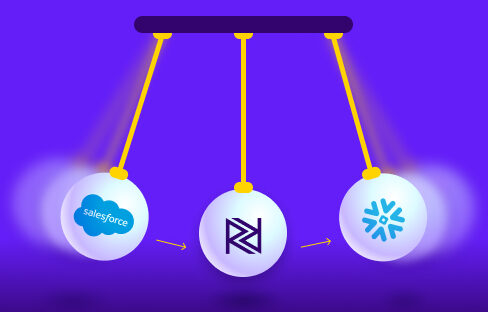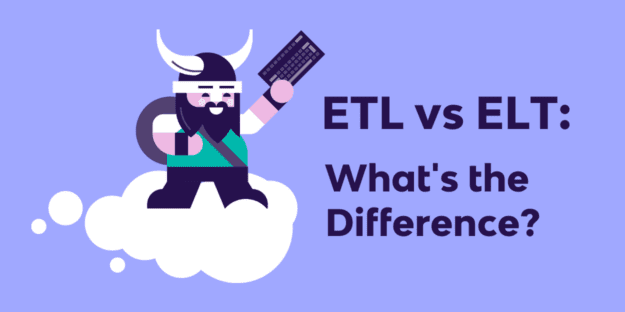Companies have been lured to store and manage their data in the cloud.
Lower costs with elasticity, quicker to deploy, flexibility to grow capabilities… what’s not to like? The cloud gives businesses self-serving capabilities, making it convenient to scale as businesses to pay only for what they need.
This transparency, flexibility, and arguably fairness when it comes to pricing is at the core of what has made cloud services boom over the past five years.
The real meaning of flexibility and scalability
Flexibility and price transparency means paying only for what you use.
When we created Rivery as a data integration tool to help businesses orchestrate their data systems in the cloud and enable them to build a serverless data pipeline, we knew that it had to be flexible. Sounds obvious and simple, but it isn’t.
We saw that most of our competitors tied customers to strict mid or long-term contracts, and in addition to that applied an additional charge per connector to a different data source.
What’s more, there’s even a requirement to pay for a minimum amount integration APIs which are at times priced differently. This just makes it harder for customers to assess value or figure out cost breakdowns with simplicity and transparency.
For us, real flexibility means:
No Minimum Commitment: we recommend our customers to start small.
They can rollout Rivery by some data pipelines within a team or division and then scale up your processes, which in return will grant them a more efficient operation and overall cost.
Pay Per Usage: this is the ethos of cloud services. The bigger the data needs for a company become, the more they’ll rely upon our data tools.
Our success is inextricably linked to our customers’ success & business growth. And as our customers embrace Rivery deeper within their organization, costs for data processing and execution units are significantly reduced.
Transparency and fairness in the cloud
It’s surprisingly common for data teams to be blind to their cloud services spend, and really understand the cost breakdown.
Just like any other business function, cloud spend should be ROI-driven and optimized which means it’s worth digging deeper into how and how much is used the cloud across the business – and to what extent it benefits the functions it supports.
It can be argued that transparency and visibility is at the core of any cloud system or service. This philosophy is what entices companies to buy into services with the reassurance that the cost they pay will be proportionate to the value they receive.
At Rivery, we went as far as to create our own pricing unit – the RPU. This unit is based on two parameters: data executions & data size.
While it might seem counter-productive to create a new pricing unit that necessitates an explanation to our prospect customers, we’ve found that the RPU is the most fair and transparent way to charge for the usage of Rivery.
The way we charge is directly linked to how much it costs us to run this service for our customer – and for us this is what real fairness and transparency means as a ETL SaaS tool.
Why are we sharing this?
We meet hundreds of companies going through major digital transformations.
Whether it’s a business migrating all their data to a cloud warehouse or a marketing agency trying to orchestrate or their clients’ data more efficiently – they sometimes feel ‘trapped’ or ‘under-served’ by some of the service providers around cloud services.
We must protect the real value of the cloud, offering flexibility that enables companies to pay fairly for what they need.
It’s not just something we’re proud of, it’s up to us to protect and foster an ecosystem that empowers our customers to reap the full benefits of the cloud.
To learn more about pricing for your specific needs, book a meeting to get a personalized quote or try Rivery for free today.
Minimize the firefighting. Maximize ROI on pipelines.





